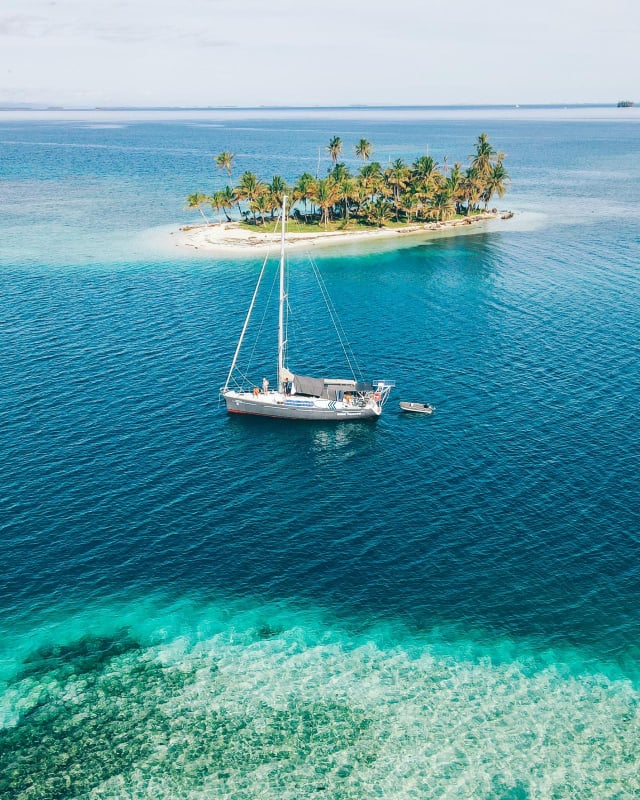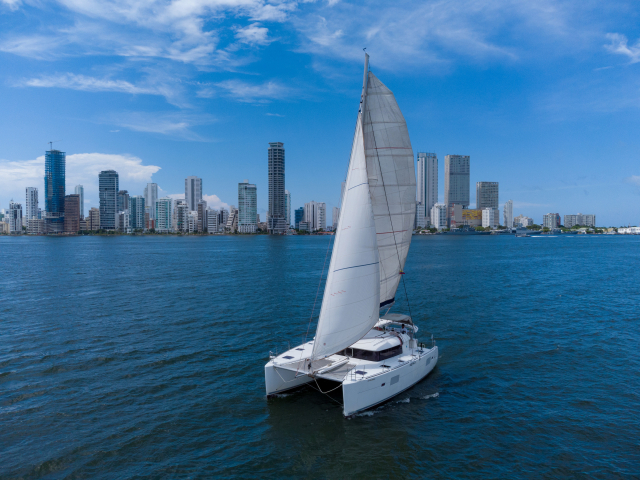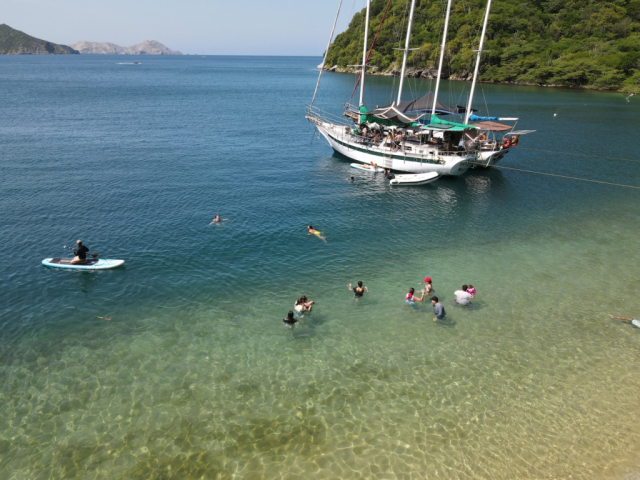Sailing vessels, or sailboats, are ships that move mainly thanks to the force of the wind captured by their sails . Since ancient times, these vessels have been essential for exploration, trade and recreation , playing a fundamental role in maritime history. Over the centuries, the technology and design of sailboats have evolved, but the basic principle remains to harness wind energy for propulsion. Since ancient times, civilizations have used sailing ships to explore new territories , trade with other cultures, and expand their empires. The Phoenicians, Greeks and Vikings are just some of the cultures that excelled in sailing. With the arrival of the Age of Discovery in the 15th and 16th centuries, sailing vessels played an essential role in the exploration of the New World and the expansion of global trade routes .
Sailboats vary in size and design , from small boats like the Optimist, used for teaching navigation to children, to large cruising yachts, equipped with all the comforts for long voyages . The key components of a sailboat include the hull, mast, sails, rudder and keel , each playing a crucial role in the boat's navigation and maneuverability.
You may also be interested in: Electric boats
Sailing is not only a sporting and recreational activity, but also an art form that requires technical skills, meteorological knowledge and a deep understanding of the behavior of the sea . Sailing competitions , such as the America's Cup and the Olympic Games, highlight the precision and skill required to excel in this field.
The movement of a sailboat is based on physical principles such as action-reaction and the Bernoulli effect. The interaction of the wind with the sails generates a force that propels the boat forward. The sailor's ability to adjust the sails and rudder determines the efficiency and speed of the sailboat. The wind pushes against the sail, and the boat moves in the opposite direction, causing the curved shape of the sails to create a pressure difference that helps generate lift, similar to an airplane wing. The relationship between the course of the sailboat and the direction of the wind is crucial since sailing with or against the wind requires different adjustments and navigation techniques such as:
- Upwind Navigation: It consists of sailing as close as possible to the direction of the wind , at an angle of approximately 45 degrees with respect to it. To uphaul, the sails must be trimmed (trimmed) tightly so that the wind inflates them efficiently. You sail in zigzags (edges) to move towards a destination that is upwind.
- Long Navigation: Sailing with the wind blowing from the side of the boat , forming a 90 degree angle. The sails are adjusted more loosely than upwind. This position allows a good balance between speed and control.
- Adjust and adjust the sails: Adjust (adjust) or release (adjust) the sails to optimize wind capture . The sails are adjusted so that the wind inflates them correctly, preventing them from flapping (vibrating uncontrollably).
- Balance and heel: Keep the boat balanced and minimize lateral inclination (heel). Distribute weight on board and adjust sails to maintain stable and efficient sailing.
- Running: Sailing with the wind blowing directly from behind . The sails are let loose completely to capture the most wind. Care must be taken to avoid involuntary jibing (sudden shifting of the mainsail from one side to the other).
You may also be interested in: Sailboat
Types of sailing boats
- Optimist: is a small sailing boat designed specifically for teaching navigation to children and young people . It is one of the most popular and widely used sailboats in the world for beginners in sailing, due to its simplicity, stability and safety. The Optimist has a single triangular sail , with a surface area of approximately 3.25 m², the mast and boom that are easy to assemble and disassemble, a small rudder and can be found generally made of fiberglass or wood. These boats are designed to be stable in the water , minimizing the risk of overturning, and they have high edges that protect the boater and provide additional safety.
- Sailing catamaran: Its design provides great stability and speed , which makes it popular in recreational activities. Their size can vary from small beach catamarans to large cruising catamarans and they are generally made of carbon, fiberglass, aluminum or a combination of them. They normally have a mainsail and a jib (headsail), similar to monohulls. Some models also have a spinnaker sail for downwind sailing and are characterized by having two long, narrow hulls, called floats, which are connected by a frame or platform which provide greater stability in the water compared to the monohulls , reducing the risk of capsizing.

You may also be interested in: Catamaran - Ketch: is distinguished by having two masts : the main mast , located in the front, and the mizzen mast , shorter and located behind the rudder and in front of the stern. This design provides great versatility and balance in various wind and sea conditions since it allows for more flexible and balanced handling of the sails, better adapting to different wind conditions. The ketch is ideal for long-haul cruising due to its ability to handle various wind and sea conditions .

- Laser: is a type of monohull design sailing vessel with a simple and aerodynamic design , recognized for its simplicity, speed and maneuverability . This sailboat is extremely popular both recreationally and in competition, and has been selected as an Olympic class since 1996 and recognized by the International Sailing Federation (World Sailing) . Its minimalist design with few components makes it easy to learn and operate , making it ideal for beginner and advanced sailors due to its intuitive operation . The popularity of the Laser in competitions and training programs underlines its importance in the world of sailing, offering an exciting and challenging platform to learn, compete and enjoy sailing.
We invite you to take a look at other articles at: https://yate.co/es/blog




